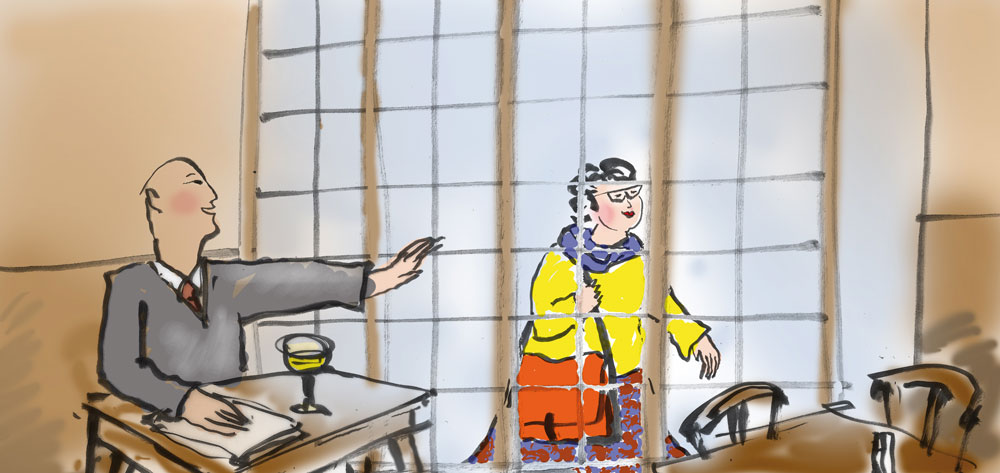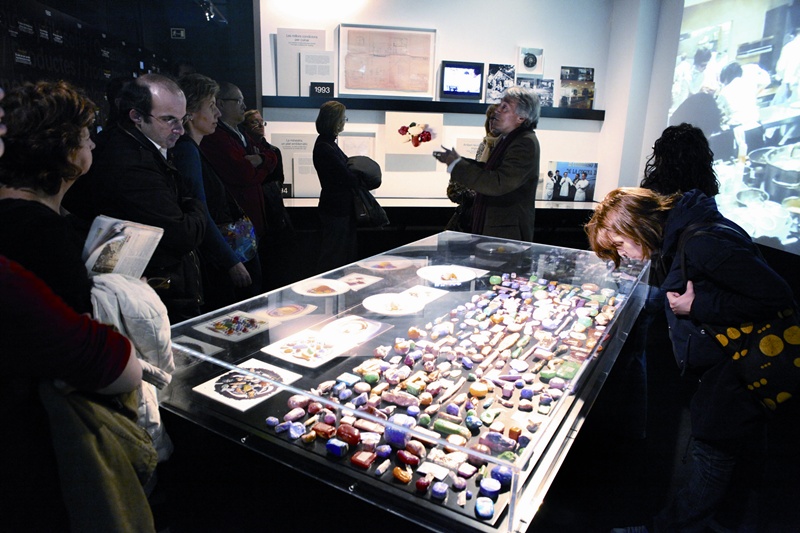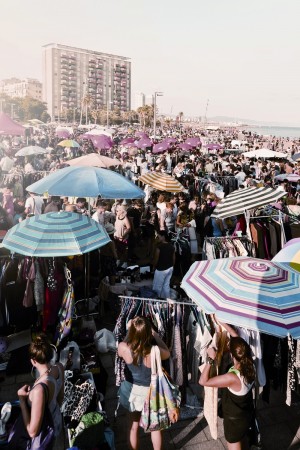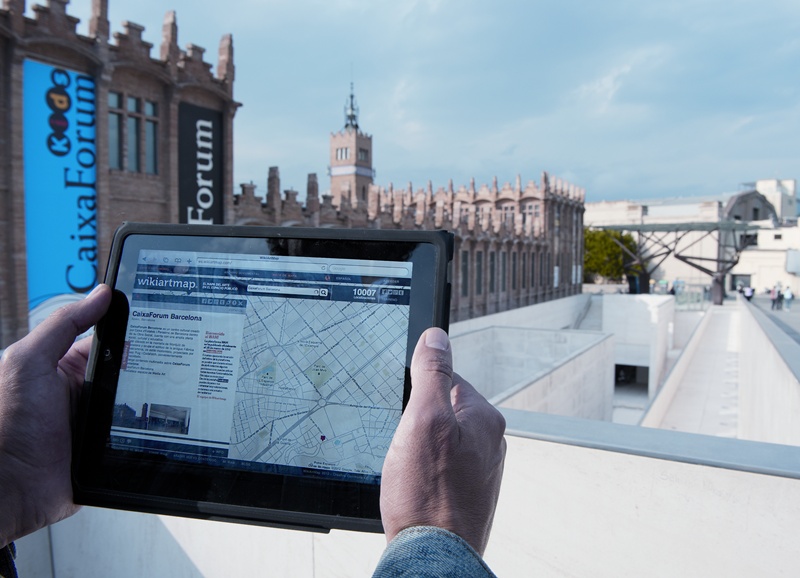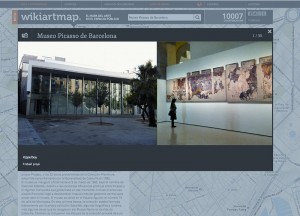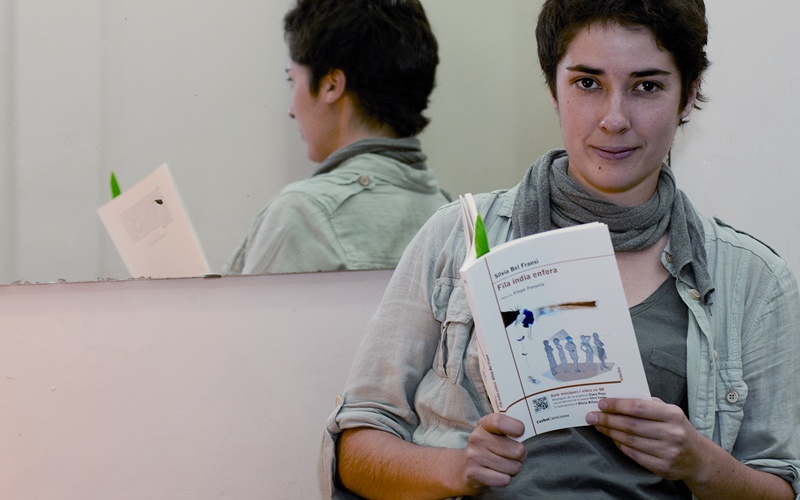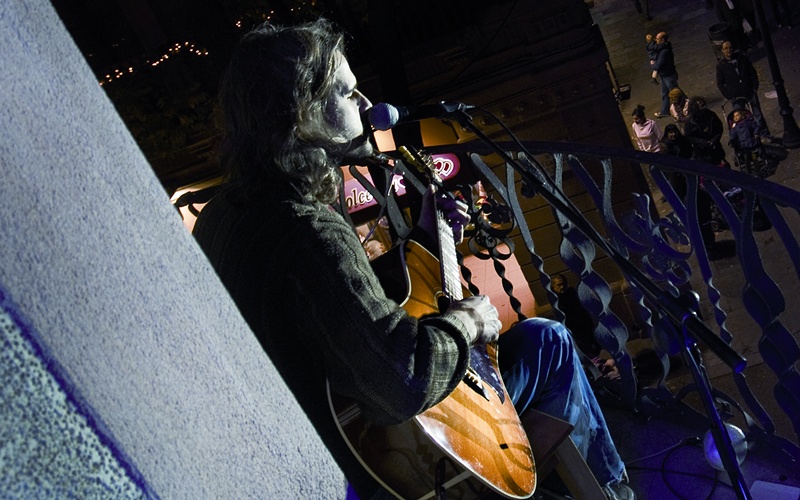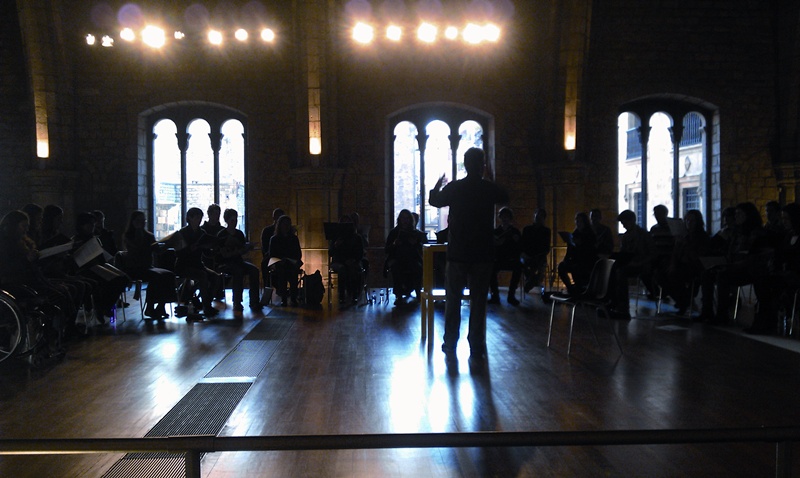Five more minutes. And if she does turn up, will I recognise her right away, or will I not realise who she is initially and then have to cover it up with a “Silvia, you haven’t changed a bit”? These are the exact same words I am muttering to myself as I see her push through the main door.
I am sure we had arranged to meet in the Zurich bar on September 18, at noon; in other words, today. It’s one o clock and she still hasn’t deigned to make an appearance through the door, or any of the doors for that matter. Her only excuse is that we made the date twenty years ago, one afternoon when we were swapping history notes and were so bored we got to thinking about the future.
–Do you think we’ll ever finish Uni? she said, somewhat desperately.
–Of course we will. There are only three weeks to go and then it’s goodbye exams!
–And what will we do then?
–You’ll do the civil service exams and land a job in a high school within a radius of fifteen kilometres and then get down to having babies with your boring boyfriend, and I’ll take off round the word and will end up in some university in the United States doing my PhD on the habits of the new urban society and generational interrelation.
–Screw that! It’s me who will set the world on fire.
And her following utterance was what eventually led me to be waiting for her, now an hour overdue, in the city’s most central bar:
–We’ll meet back here in twenty years’ time, at this same table, 12 noon, and we’ll see who was right.
And off I went to challenge my destiny, although it turned out that I did not actually take the world by storm. I am still up to my eyeballs in exams, but now I am correcting them. I go to the exact same school, I wear the same size trousers, live in my parents’ flat (they’re no longer around), and my favourite dish is still the paella they do in the Set Portes restaurant. I can’t really say I have changed much; even the Zurich has changed more than I have. When they demolished it to build the new Triangle building, a grey mass equalled in unsightliness only by the Corte Inglés, I thought they would never open it again and even worried that our date would be dashed, but now it is almost exactly the same, revamped even, as if it had been given a facelift.
Maybe it is precisely my methodical lifestyle that made me remember our date, while she didn’t. I got married, naturally, to a nice girl, but we parted ways almost immediately, and I went back to my former habits. Now that I think of it, all my changes have been very short-lived. I have never committed to anything, as if I couldn’t be bothered to accept them on this date, which is becoming like a recap of my life, a date that I now realise she hasn’t even remembered. The other changes in my nondescript timeline were totally involuntary: I have lost my hair, agility, memory, energy and now I am losing my patience. An hour and a quarter is fair enough time to wait for a date made two decades ago. Another five minutes and I’m out of here.
Being stood up had never crossed my mind. It’s funny. I had been speculating about her life for days, wondering whether I would like the forty-year-old Silvia, whether we would be able to recover that closeness that had bound us together through our university life, but the possibility of not even seeing her this afternoon had never remotely entered my mind.
She was a very formal person. In fact, we were the perfect foil for each other. I was always dreaming while she was totally down to earth. The only thing that irked me about this combination was that her formal nature meant that she had sort of steady boyfriends who she went out with for about three or four years, and to whom she was obsessively faithful. Thanks to that, there was never anything between us, barring the almost classic booze-induced snog that we laughed off later.
Applying one of those laws you tend to make up while waiting in a bar, it is funny how the irresponsible one, yours truly, had ended up as an employee at the same university where he’d studied, whereas the responsible one, Silvia I mean, was living in sub-Saharan Africa, studying languages spoken by a only couple of people, and falling in love with a different satrap every day. With an outlook like this it is no wonder that Silvia had forgotten me.
Five more minutes. Not one second more. And if she does turn up, will I recognise her right away, or will I not realise who she is initially and then have to cover it up with a “Silvia, you haven’t changed a bit”? These are the exact same words I am muttering to myself as I see her push through the main door, euphoric, radiant.
–Pep, you remembered!
–Yes, at twelve, in the Zurich – underlining the last word without making it sound like a reproach.
–No, I was waiting for you where the Núria used to be, which is now a bloody Burger King! I came into the Zurich by chance. I hadn’t been back to Barcelona for years and I was told that it had been totally revamped.
–So is it true that you live in sub-Saharan Africa studying languages spoken only by a couple of people and that every day…? Oh just forget it.
–What are you on about?
–I’ll tell you later. We’ve been waiting for each other for twenty years and an hour and a half. We’ll have to divide our lives into topics, sub-topics and annexes. Fancy a beer?
–Of course! That’s one thing that hasn’t changed! Not like the Zurich, which instead of getting older looks newer than ever. What do bars do, make covenants with the devil?
–Don’t go all Faustian on me. They are called reforms, but they run the risk of losing their essence, not like us… I would say that we haven’t changed.
–Why?
–Because I still dream of setting the world on fire…
–I remember you predicted that I would pass my civil service exams and have loads of kids.
–And?
– I am a civil servant in Brussels and have five children. Fancy another beer?
–Make that five please! Such predictability bugs me!



